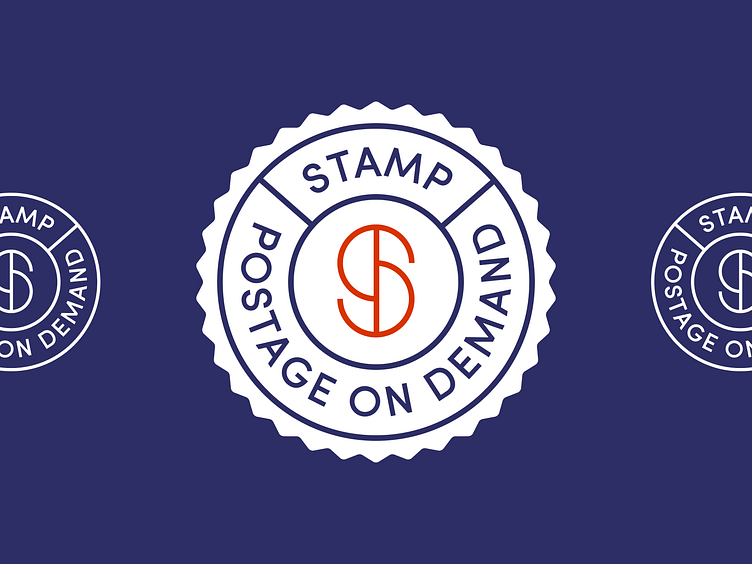
Postaga: Complete Buyer's Guide
AI-powered outreach platform for ecommerce businesses
Postaga is an AI-powered outreach platform specifically designed to automate affiliate recruitment and link-building campaigns for ecommerce businesses. The platform differentiates itself through integrated workflow capabilities that combine prospecting, contact verification, email sequencing, and CRM functionality—unlike specialized point solutions that address individual outreach tasks[38][44][54].
Market Position & Maturity
Market Standing
Postaga operates within the AI-powered outreach automation niche, positioning itself between established relationship management platforms and newer AI-native solutions. The platform competes against established players like BuzzStream while differentiating through integrated AI capabilities that combine prospecting, personalization, and campaign management[44][54][55].
Company Maturity
Company maturity indicators suggest a focused SMB market approach with established operational capabilities. The platform offers structured pricing tiers from free evaluation through agency-scale deployments, indicating systematic market segmentation and operational maturity[39][43].
Longevity Assessment
Longevity assessment indicates stable operational capability with systematic customer onboarding and support infrastructure. However, long-term viability depends on continued AI capability development and competitive differentiation as larger players integrate similar automation features.
Proof of Capabilities
Customer Evidence
Customer validation demonstrates measurable outcomes across diverse ecommerce implementations. Elle from Outdoor Happens achieved 25 backlinks and 20+ guest post offers within months, replacing expensive manual outreach and third-party link builders[40]. Maria from HostPapa secured 8 high-authority backlinks (DA 50+) with minimal setup time, demonstrating efficiency for quality link acquisition[45]. An anonymous verified customer gained 5 new backlinks from a single campaign launch while noting significant efficiency improvements in campaign tracking[39].
Quantified Outcomes
Quantified performance outcomes show consistent patterns across implementations. Offsprout.com reported 32% monthly traffic growth, though specific attribution to Postaga requires verification within broader marketing context[52]. Implementation timelines demonstrate 1-3 day onboarding periods[40][56] with measurable results appearing within 1-3 months[40][45][53], aligning with typical outreach campaign cycles.
Market Validation
Market adoption evidence spans multiple ecommerce verticals including content marketing, hosting services, and general retail operations. Customer implementations demonstrate platform versatility within the target SMB market, with successful deployments across different business models and outreach objectives[40][45][39].
Competitive Wins
Competitive displacement evidence emerges through customer testimonials citing replacement of manual processes and third-party services. Elle from Outdoor Happens specifically noted replacing 'expensive manual outreach and third-party link builders'[40], indicating successful competitive displacement in the SMB market segment.
Reference Customers
Reference customer diversity includes publicly disclosed implementations across content marketing (Outdoor Happens), hosting services (HostPapa), and general ecommerce operations. This customer base demonstrates platform applicability across different ecommerce segments while validating the core use case of affiliate recruitment and link-building automation[40][45][39].
AI Technology
Postaga's AI technology core operates through three integrated layers: intelligent prospecting, contextual personalization, and automated campaign optimization. The platform's AI analyzes user websites to suggest campaign strategies while simultaneously scanning prospect sites to extract relevant contextual snippets for email personalization[38][41][51].
Architecture
The architecture centers on workflow integration rather than standalone AI capabilities. Unlike specialized point solutions, Postaga combines prospecting, contact verification, email sequencing, and CRM functionality within a unified platform[38][44][54].
Primary Competitors
Postaga competes against established players like BuzzStream and newer AI-native solutions.
Competitive Advantages
Competitive advantages center on AI-powered prospect research and workflow integration. Postaga's ability to analyze prospect websites and generate personalized outreach content provides efficiency advantages over manual research methods[41][51].
Market Positioning
Market positioning reflects strategic focus on automation efficiency over relationship management depth. Against specialized tools like BuzzStream, Postaga offers broader functionality but potentially less depth in specific areas[44][54].
Win/Loss Scenarios
Win scenarios favor organizations prioritizing automation and efficiency over advanced relationship management features. SMB ecommerce businesses seeking to scale affiliate recruitment and link-building campaigns without dedicated outreach teams represent optimal competitive positioning[38][44][54].
Key Features

Pros & Cons
Use Cases
Integrations
Pricing
Featured In Articles
How We Researched This Guide
About This Guide: This comprehensive analysis is based on extensive competitive intelligence and real-world implementation data from leading AI vendors. StayModern updates this guide quarterly to reflect market developments and vendor performance changes.
57+ verified sources per analysis including official documentation, customer reviews, analyst reports, and industry publications.
- • Vendor documentation & whitepapers
- • Customer testimonials & case studies
- • Third-party analyst assessments
- • Industry benchmarking reports
Standardized assessment framework across 8 key dimensions for objective comparison.
- • Technology capabilities & architecture
- • Market position & customer evidence
- • Implementation experience & support
- • Pricing value & competitive position
Research is refreshed every 90 days to capture market changes and new vendor capabilities.
- • New product releases & features
- • Market positioning changes
- • Customer feedback integration
- • Competitive landscape shifts
Every claim is source-linked with direct citations to original materials for verification.
- • Clickable citation links
- • Original source attribution
- • Date stamps for currency
- • Quality score validation
Analysis follows systematic research protocols with consistent evaluation frameworks.
- • Standardized assessment criteria
- • Multi-source verification process
- • Consistent evaluation methodology
- • Quality assurance protocols
Buyer-focused analysis with transparent methodology and factual accuracy commitment.
- • Objective comparative analysis
- • Transparent research methodology
- • Factual accuracy commitment
- • Continuous quality improvement
Quality Commitment: If you find any inaccuracies in our analysis on this page, please contact us at research@staymodern.ai. We're committed to maintaining the highest standards of research integrity and will investigate and correct any issues promptly.